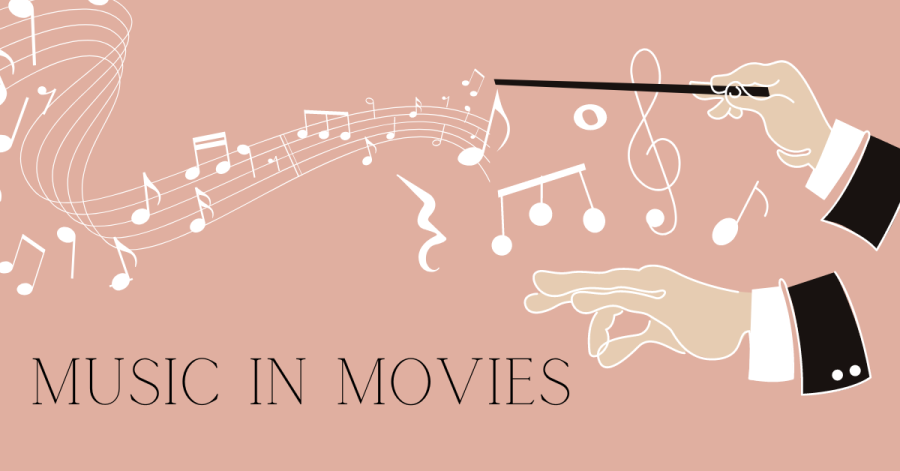The music makes the movie
Film scores have a large impact on the way the viewer feels. They have the capability to bring tears to your eyes, bring you to the edge of your seat or cause you to turn the film off. In this article, I will delve into some of the most notable film scores and their impact.
The suspense that leads to a plot twist, the sadness evoked during a poignant scene, the tensions that arise when a character walks into the one house we all know they shouldn’t walk into; all of these emotions are developed by one aspect: the score.
In simple terms, a score is the music that accompanies many of the most important scenes in a film or television series. The purpose of a film score is to accent scenes and transitions with music of an appropriate mood. Whether it is quiet background noise or music that blasts through the television, it is undeniable that the score heightens the emotions that the viewer feels.
Every film has its own unique score. For many, a movie’s score often corresponds with regard to how an audience may be feeling in that particular scene. For example, the iconic Star Wars theme song provides an inspirational tune that encourages viewers to imagine themselves in a galaxy far far away, and continue to root for the film’s leading protagonist, Luke Skywalker. Other notable theme songs include “The Addams Family,” “The Godfather,” “The Terminator” and countless others, all of which align with the intent to evoke the audience’s emotions.
The “Lord of the Rings” trilogy is filled with heart-wrenching melodies, brass sequences and string build-ups. Created by Howard Shore, the scores of this film series play an essential role in establishing a mood. In one of the last scenes of the second installment, “The Lord of the Rings: The Two Towers,” the Ents, which are giant, living trees, march to battle. Accompanying this scene is a serene yet determined score that helps bring the trees even more to life. The score is what establishes an eerie tone and helps build suspense and anticipation for the movie’s sequel.
In “Jaws,” the score is used to help tell a story. The iconic one-two string sweep is imperative in the shark attack scenes. When viewers hear the music begin, they instantly anticipate a tragedy. The score builds up the suspense until disaster strikes.
As films begin to reach the most emotional part of the plot, composers are provided with their time to shine. A score can make or break the scene and heighten or diminish the emotions that viewers feel. “Gone with the Wind,” a war/romance film from 1939, is an incredibly famous film that has received much praise. The scores from this film, composed by Max Steiner, have received equal praise. The orchestral arrangement that begins as tragedy strikes is enough to bring a tear to the eye.
Whether used to bring characters to life, used to build suspense or used to heighten a viewer’s emotion, film scores are imperative to the success of a film. Without film scores, some of our most revered films may not have had the emotional impact that they ultimately did.








